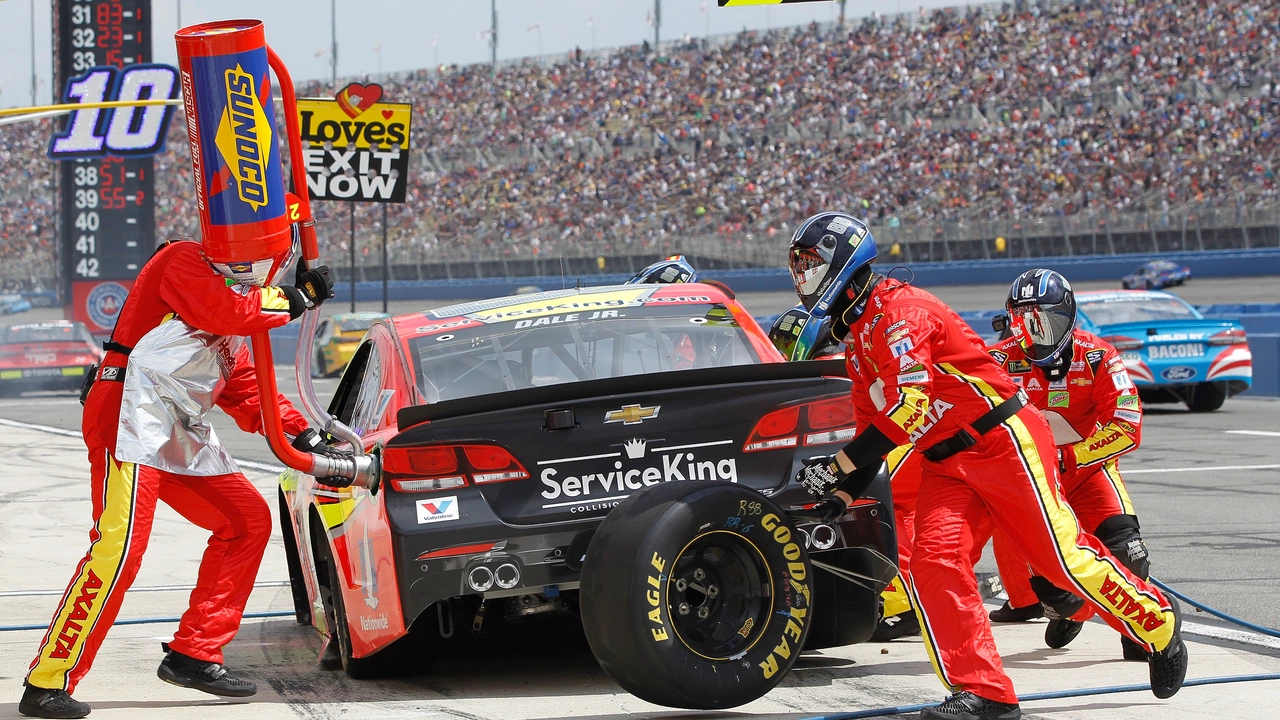Essential Motorsports Equipment for Safety and Performance
Whether you’re a weekend track day enthusiast or a professional driver, the gear you use can mean the difference between a clean lap and a costly crash. In motorsports, equipment isn’t just a nice‑to‑have; it’s the foundation that lets you push the limits while staying protected.
Every piece of gear has a purpose, and the best setups combine comfort, durability, and the latest tech. From the helmet on your head to the radio in the pit, each item plays a role in keeping you fast and safe. Let’s break down the gear you should never skip.
Safety Gear You Can’t Skip
Helmets are the first line of defence. A modern composite helmet absorbs impact, reduces neck strain, and offers excellent ventilation. Look for a model with a full‑face visor, a snug fit, and a certified safety rating. Replace it after any serious impact or every five years, whichever comes first.
Fire‑resistant suits, gloves, and shoes protect you from the blazing heat of a blown engine or fuel fire. A one‑piece suit made from Nomex or similar material should cover your torso, arms, and legs, while gloves and shoes add extra layers. Make sure the suit fits tightly but allows movement; loose fabric can catch fire more easily.
The HANS device (Head and Neck Support) and a five‑point harness work together to keep your head from snapping forward in a crash. The HANS is a carbon‑fiber cradle that slides over your shoulders, limiting neck motion. Pair it with a well‑adjusted racing seat and you’ll reduce the risk of serious neck injuries.
Roll cages and chassis reinforcements are built into the car, but they’re worth mentioning because they protect the driver’s compartment. A properly designed roll cage distributes crash forces and prevents the car from collapsing. Regularly inspect welds and brackets for cracks or rust.
Pit Lane and Track Tech
The pit gantry is more than a roof over the pit lane; it houses communication gear, lighting, and safety equipment. A well‑equipped gantry lets crew members coordinate stops, monitor fuel flow, and keep an eye on the car’s health in real time. Make sure your team knows where the radios, cameras, and emergency tools are located.
Fuel rigs and quick‑connect hoses speed up refueling while minimizing spill risk. Modern rigs use automatic shut‑off valves that stop flow the instant pressure drops, preventing fire hazards. Keep hoses in good condition and check seals before every race.
Team radios and data links keep the driver and crew connected. A clear, noise‑canceling headset lets the driver hear strategy updates without distraction. Pair this with a data acquisition system that streams speed, tire temperature, and engine metrics straight to the pit. Real‑time data helps you adjust strategy on the fly.
Finally, maintenance tools like torque wrenches, tire changers, and wheel balancers ensure that every component is within spec. A mis‑torqued bolt can fail under load, and unbalanced wheels cause excessive wear. Keep a checklist, calibrate tools regularly, and don’t skip a post‑run inspection.
Choosing the right equipment isn’t a one‑size‑fits‑all decision. Consider the type of racing you do, the climate you’ll face, and your personal comfort level. Investing in high‑quality gear pays off in confidence, speed, and, most importantly, safety. Stay equipped, stay fast, and enjoy the ride.

What is a pit gantry in motorsports?
A pit gantry in motorsports is something I've come to appreciate for its sheer functionality. It's essentially a structure located above the pit lane, used primarily for displaying information. This can range from the timing of each driver to more specialized info like the number of pit stops. The pit gantry also offers a vantage point for race officials to oversee the pit lane. So, it's more than just an informative billboard, it's a crucial part of the motorsport ecosystem.